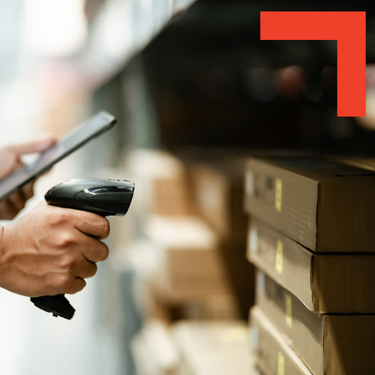The 4 Critical Segmentation Layers for Better B2B Marketing Performance
Effective B2B marketing relies on four critical segmentation layers: Ideal Customer Profile, Lifecycle Stage, Engagement and Awareness, and Revenue Potential. These help personalize messaging, improve pipeline velocity, and focus on high-value opportunities, especially in freight and logistics.

What are the 4 critical segmentation layers in B2B marketing?
The four essential segmentation layers in B2B marketing are:
ICP Segmentation – targeting the right accounts based on fit and intent.
Lifecycle Stage Segmentation – aligning engagement to funnel stages.
Engagement & Awareness Segmentation – tracking buyer interest and activity.
Revenue Potential & Product Fit – prioritizing based on ROI and expansion.
These layers help B2B teams personalize messaging, increase pipeline velocity, and focus resources on high-value opportunities.
Segmentation isn’t just a nice-to-have in modern B2B marketing—it’s your go-to-market control panel. Especially in freight, logistics, and supply chain tech, where deal cycles are complex and buyer groups are layered, understanding who you’re targeting, where they are in the journey, how they’re engaging, and what their revenue potential is isn’t optional—it’s mission-critical.
Below, we break down the four segmentation layers that should anchor your marketing strategy if you want better alignment, conversion, and pipeline velocity.
1. ICP Segmentation: Target the Right Accounts (the "Who")
Goal: Focus on high-fit, high-intent accounts—quality over quantity.
Your Ideal Customer Profile (ICP) isn’t just a marketing persona. It’s a strategic filter that helps prioritize accounts most likely to convert, grow, and stick. Especially for freight/logistics SaaS companies running ABM or targeting enterprise, this is your foundation.
Key Segmentation Filters:
Firmographic: Industry, company size, revenue, region. E.g., freight forwarders with $50M+ revenue, based in North America, operating globally.
Technographic: Tools and platforms they’re using—TMS, WMS, ERP, freight marketplaces. Platforms like BuiltWith, G2, and Slintel help here.
Behavioral/Intent Signals: Are they researching your solution category? Visiting pricing pages? Reading competitor content? Use data from 6sense, Bombora, Demandbase.
Tiering:
Tier 1: High fit + high intent
Tier 2: High fit + low intent
Tier 3: Moderate fit + low intent
Why It Matters:
This segmentation fuels ABM programs, aligns SDR/AE prioritization, and helps forecast pipeline based on actual buying signals, not just volume.
Pro Tip: Align ICP tiers with sales definitions of “quality.” When marketing and sales agree on who matters, forecasting and ROI improve dramatically.
2. Lifecycle Segmentation: Align with Funnel Stages (the "Where")
Goal: Map accounts to funnel stages and tailor outreach accordingly.
Lifecycle segmentation aligns your messaging to where the buyer is in their journey. It’s about orchestration—timing and context matter.
Core Lifecycle Stages:
Lead: Entered the system, but with minimal engagement
MQL: Scored based on engagement with high-intent content
SAL: Reviewed and accepted by SDR
SQL: Actively worked by AE
Opportunity: Pipeline created
Customer: Deal won
Expansion: Opportunities for upsell or cross-sell
Churn Risk: At-risk based on low usage or dissatisfaction
Why It Matters:
Each stage requires a tailored strategy:
MQLs: Need nurturing content
SQLs: Require ABM and sales coordination
Expansion: Needs product education and retention plays
Churn Risks: Trigger CS involvement and re-engagement
Pro Tip: Build dynamic lifecycle segments in your CRM and MAP. They drive your email campaigns, SDR outreach, and reporting—automatically.
3. Engagement Segmentation: Track Buyer Readiness (the "How Hot")
Goal: Spot high-potential accounts before they officially qualify.
Engagement data tells you who’s warming up—before they become MQLs.
Track These Engagement Signals:
Web visits
Content downloads
Ad interactions
Email clicks
Social activity
SDR/AE touches
Buying Stage Examples (via 6sense model):
Anonymous: No ID yet
Known: Identified, low engagement
Engaged: Consuming content but not converted
MQL: Scored and qualified
Opportunity: Pipeline active
Awareness Layer:
Some accounts fit your ICP but haven’t engaged. Use top-of-funnel content, PR, and thought leadership to pull them into awareness.
Why It Matters:
If you wait for MQLs, you’re reacting too late. Early engagement signals can drive proactive outbound and accelerate the pipeline.
Pro Tip: Surface “hot but not yet qualified” accounts using engagement filters, then run coordinated email + ad + SDR plays to move them forward.
4. Revenue Segmentation: Focus on ROI (the "Value")
Goal: Prioritize accounts with high revenue potential and expansion value.
This is the segmentation layer most teams skip—and the one with the most impact on your bottom line.
Core Revenue Dimensions:
Current Spend + Expansion Potential: Existing customers with whitespace opportunities (e.g., new lanes, geos, product lines)
Product Fit / Pain Alignment: Do they need what you offer? (e.g., complex routing = TMS with automation)
Churn Risk: Underutilization, poor adoption, high support tickets
Why It Matters:
This layer drives both net new revenue and customer retention—the two engines of growth.
Pro Tip: Blend revenue segmentation with engagement + intent signals to identify high-value accounts to grow, and at-risk customers to retain.

How to Operationalize Your Segmentation Strategy
Each layer is powerful—but only if you activate it across your systems and teams.
1. Clean CRM + MAP Fields
Use structured data like:
ICP Tier
Lifecycle Stage
Engagement Score
Revenue Potential
2. Build Dynamic Lists
Examples:
Tier 1 ICPs who visited the pricing page in last 7 days
SQLs without sales touch in 5+ days
Expansion accounts with new engagement
These lists feed ads, outreach, and reporting.
3. Integrate Into Campaigns
Ad Targeting: Serve content by ICP tier
Sales Prioritization: SDRs focus on high-fit, engaged accounts
Personalization: Tailor landing pages, CTAs, and emails
Nurture Streams: Adjust cadence based on lifecycle stage
4. Report Full-Funnel by Segment
Move beyond generic lead counts. Ask:
How are Tier 1 ICPs converting?
What’s the MQL → SQL velocity by segment?
Where are churn risks hiding?
FAQs
What is ICP segmentation in B2B marketing?
ICP segmentation helps businesses identify and prioritize accounts that closely match their ideal customer profile, focusing on fit and buying intent.
How does engagement segmentation improve ABM?
Engagement segmentation highlights which accounts are interacting with your brand, allowing marketing and sales teams to focus efforts on warm leads before they reach MQL status.
Why is lifecycle segmentation important in B2B?
It ensures the right content and outreach are delivered at each stage of the buyer’s journey, improving conversion and pipeline progression.
Final Takeaway
Segmentation is your B2B marketing engine’s GPS. Each layer plays a unique role:
ICP Segmentation → Who to go after
Lifecycle Segmentation → Where they are in the journey
Engagement Segmentation → How ready they are
Revenue Segmentation → Where the money is
Operationalize these in your systems, and your go-to-market becomes faster, smarter, and more profitable.
Ready to apply segmentation to your B2B freight or logistics marketing?
Let’s map your current funnel to these layers and build a more intelligent go-to-market strategy. Contact us today.
Discover Your Marketing Maturity Level
Click the button below to take the assessment.



